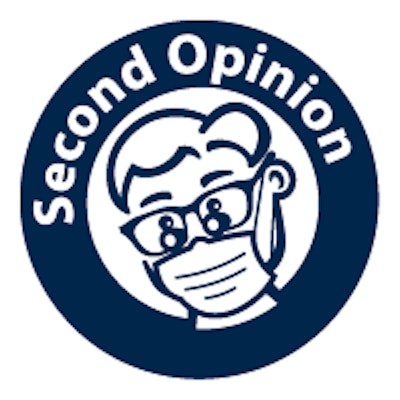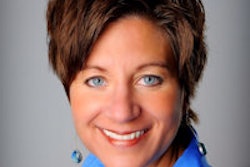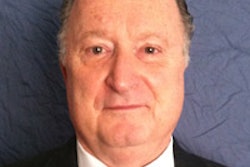
At the ADA 2014 annual meeting in San Antonio, I was drawn to attend the Friday, October 10, course of the Group Practice Models Course owing to the use of the plural in group practice models.
In my experience, there are only two business models in dentistry: the solo practice and the group or dental practice management/dental service organization (DPM/DSO) models. The solo practitioner with more than four practices usually begins to employ the DPM model. In this presentation, the six panelists represented not six different models but six variants of the same model, the group practice model.
The presentations took up almost the entire two and a half hours of the course, leaving little time for a comprehensive question and answer (Q&A) session. Below is a list of the featured speakers:
 Thomas Climo, PhD, is a dental practice management consultant and a past professor of economics in England.
Thomas Climo, PhD, is a dental practice management consultant and a past professor of economics in England.- John Gulon, DDS, president of Park Dentaland member of the Park Dental Board of Directors
- Andrew Matta, DMD, founding partner of the North American Dental Group, CEO of the Professional Dental Alliance, and chief medical officer of Refresh Dental Management
- Rick Workman, DMD, CEO of Heartland Dental Care
- John J. Snyder, DMD, dental director and CEO of Permanente Dental Associates and board member for the Kaiser Center for Health Research
- Thomas Veryser, DDS, MHSA, CEO of Michigan Community Dental Clinics
- Terry O'Toole, DDS, director of dental informatics and analytics for the U.S. Department of Veterans Affairs (VA) Office of Dentistry
These six presenters are an absolutely stellar cast of individuals consisting of the entire respectable spectrum of knowledge and experience regarding the origin and advancement of group practice dentistry in the U.S.
As I listened to the uniform presentations of what it means to be a group practice with its separation of management duties from those of the clinic, the six panelists focused on moving group practice dentistry ahead and did not delve into more problematic topics such negative media, a U.S. Senate Finance Committee report, and battle lines drawn with local state dental associations.
The course was introduced and concluded by Maulik Nanavati, DDS, of Happy Sapiens Dental of Pinehurst, TX, and the moderator was Todd Marshall, DDS, MBA, of Brookpark Dental Center of Brooklyn Center, MN.
Dr. Gulon included in his discussion the six-member board structure of the DSO representing 72 dentist-partners at Park Dental, as there is no outside equity allowed. I wished to ask what happens at Park when the vote is split 3-3, especially in an exit setting.
Next up was Dr. Matta who was clean and precise. He covered material on both the clinic side (North American Dental) and the DSO side (Professional Dental Alliance).
The third presenter is probably the most well-recognized name in all of group practice management, Dr. Workman. Heartland Dental is so well-known and recognized that no review is necessary.
Dr. Snyder showed the organizational structure and the dental deliverables from the Kaiser Medical Group. Anyone who has driven up and down California freeways is familiar with their large buildings and large signage hanging on those buildings. PDA-Dental is supported by the huge capital and medical infrastructure of the Kaiser group of companies. It is more fairly categorized as an insurance entity rather than dental practice management company.
Dr. Veryser introduced the not-for-profit side of group practices, an idea growing in popularity in economically depressed areas of the country. Adapting Medicaid to addressing the mostly pediatric needs of oral healthcare, this group's success is measured not by earnings before interest, taxes, depreciation, and amortization (EBITDA) or net income, but against the prospect of doing nothing and leaving in its wake untreated caries and decay that would spread throughout the impoverished neighborhoods of Michigan.
Veteran benefits and the absence of same have been much in the news of late and Dr. O'Toole was here to assure attendees of the commitment of the VA to the oral healthcare for those who served our country. Had the Q&A allowed time, I might have asked: How can the dental side of a VA budget for healthcare ever rival or compete with funds that have and will always go in the direction of medical care?
Thomas Climo, PhD, is a financial consultant with offices in Las Vegas and Melville, NY. He was a tenured professor of economics at a major university in England and currently handles the dental practice management/dental service organization (DPM/DSO) framework for more than a dozen solo practitioner dentists in 10 states, each with multiple facility practices. He can be reached by phone at 702-578-2757 or by email at [email protected].
The comments and observations expressed herein do not necessarily reflect the opinions of DrBicuspid.com, nor should they be construed as an endorsement or admonishment of any particular idea, vendor, or organization.



















